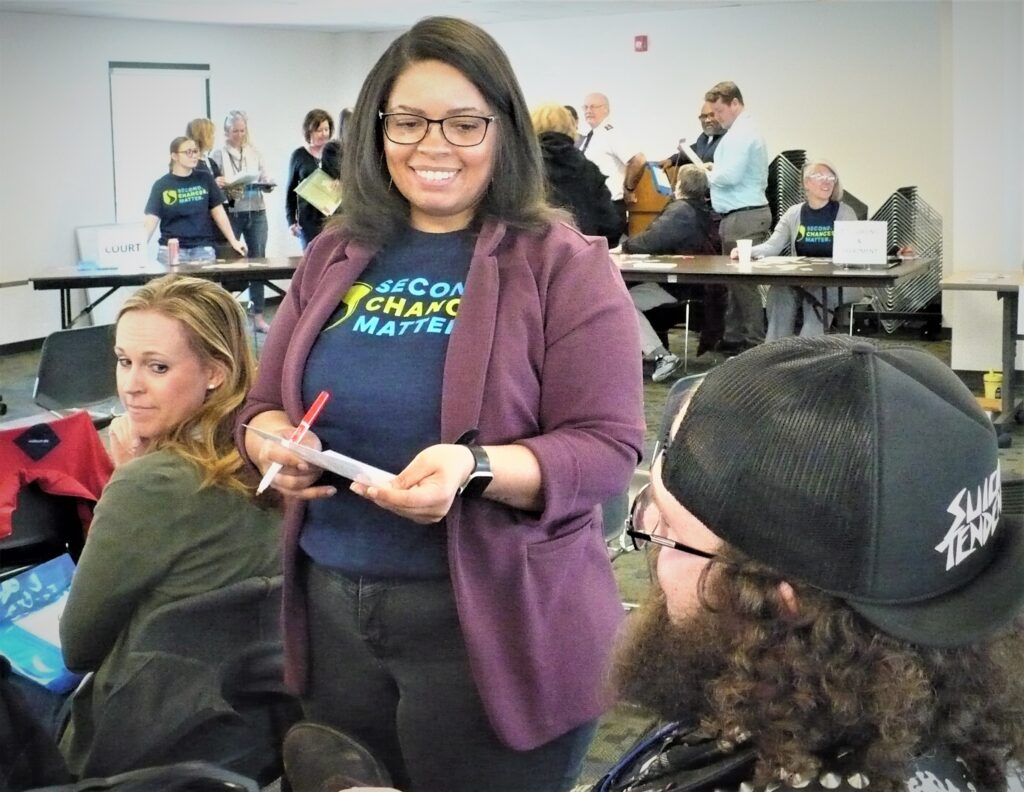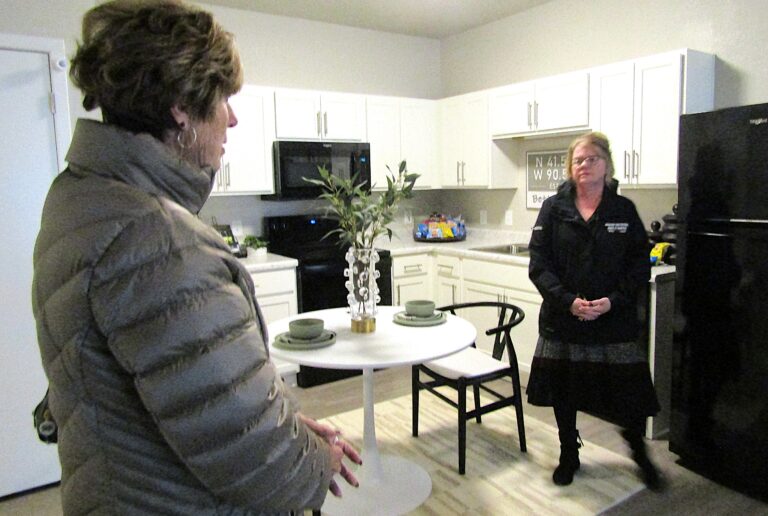Safer Foundation simulation shows reentry battles after prison

Erica Lee, director of the Safer Foundation Quad Cities, checks over the Mason Herring’s “Life Card” on Thursday, April 27, during a reentry simulation event in Davenport. CREDIT DAVE THOMPSON
People leaving prison and returning to society often face a tough battle – from finding a job, housing, food or transportation, to getting the proper identification paperwork and much more.
That’s the main lesson that about 50 people from the Quad Cities region learned Thursday morning, April 27, during a “reentry simulation” exercise conducted by the Safer Foundation of the Quad Cities. The event was held…

Want to Read More?
Get immediate, unlimited access to all subscriber content and much more.
Learn more in our subscriber FAQ.
Do you want to read and share this article without a paywall?







